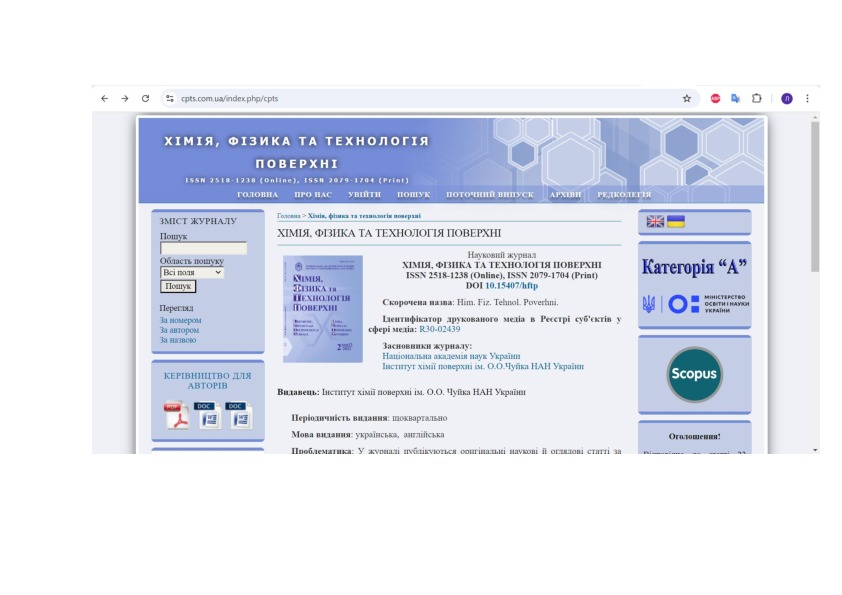id: 37248
Title: Influence of temperature and additives of organic substances on phase transitions in pig nervous tissue
Authors: Krupska T.V., Wei Qiliang, Zheng Jinju, Morozova L.P., Yang Weiyou, Turov V.V.
Keywords: 1H NMR spectroscopy, brain, spinal cord, phospholipid structures, strongly bound water, weakly bound water, association of water
Date of publication: 2024-10-08 12:15:22
Last changes: 2024-10-08 12:15:22
Year of publication: 2024
Summary: Low-temperature 1H NMR spectroscopy was used to study the pig spinal and brain tissues of the original samples at different temperatures, in chloroform, including that with the addition of hydrochloric acid, and in a mixture of chloroform and trifluoroacetic acid (TFAА) in a ratio of 6:1. It has been found that water in the tissues of the pig`s brain and spinal cord is bound and is part of polyassociates, the radius of which is in the range R = 1–100 nm. During the freezing-thawing process, only the signal of bound water is observed in the 1H NMR spectra, while the protons of biopolymers and phospholipid membranes are not detected in the spectra, which indicates their low molecular mobility. Chloroform dissolves in the substance of cell membranes, increasing the mobility of aliphatic groups, and the membrane material passes from an ordered to a partially disordered state. This effect is much stronger for spinal cord tissue, which is due to the lower content of interstitial water. The characteristics of interstitial water layers were calculated: the concentration of strongly and weakly bound water, the maximum decrease in the Gibbs free energy in the layer of strongly bound water and interfacial energies. It has been found that for spinal cord tissue, the introduction of chloroform into the system is accompanied by a decrease in the binding of water in the nervous tissue (the amount of highly bound water decreases from 180 to 250 mg/g), and the value of interfacial energy decreases from 24 to 19.6 J/g. However, these changes have little effect on the radius distributions of interstitial water clusters. The main maximum of the distribution does not change and is observed at R = 20 nm. In the presence of TFAА, the amount of strongly bound water increases to 1400 mg/g, and the value of interfacial energy increases to 77.6 J/g. For brain tissue, their value turned out to be significantly less. Thus, chloroform had virtually no effect on the binding energy of water in the tissue, and the effect of TFAА also turned out to be half that for spinal cord tissue.
URI: http://repository.vsau.org/repository/getfile.php/37248.pdf
Publication type: Статті Scopus
Publication: Himia, Fizika ta Tehnologia Poverhni. 2024. Vol. 15, Issue 3. P. 411-419. DOI: 10.15407/hftp15.03.411
In the collections :
Published by: Адміністратор
File : 37248.pdf Size : 1854916 byte Format : Adobe PDF Access : For all

| |
|
|